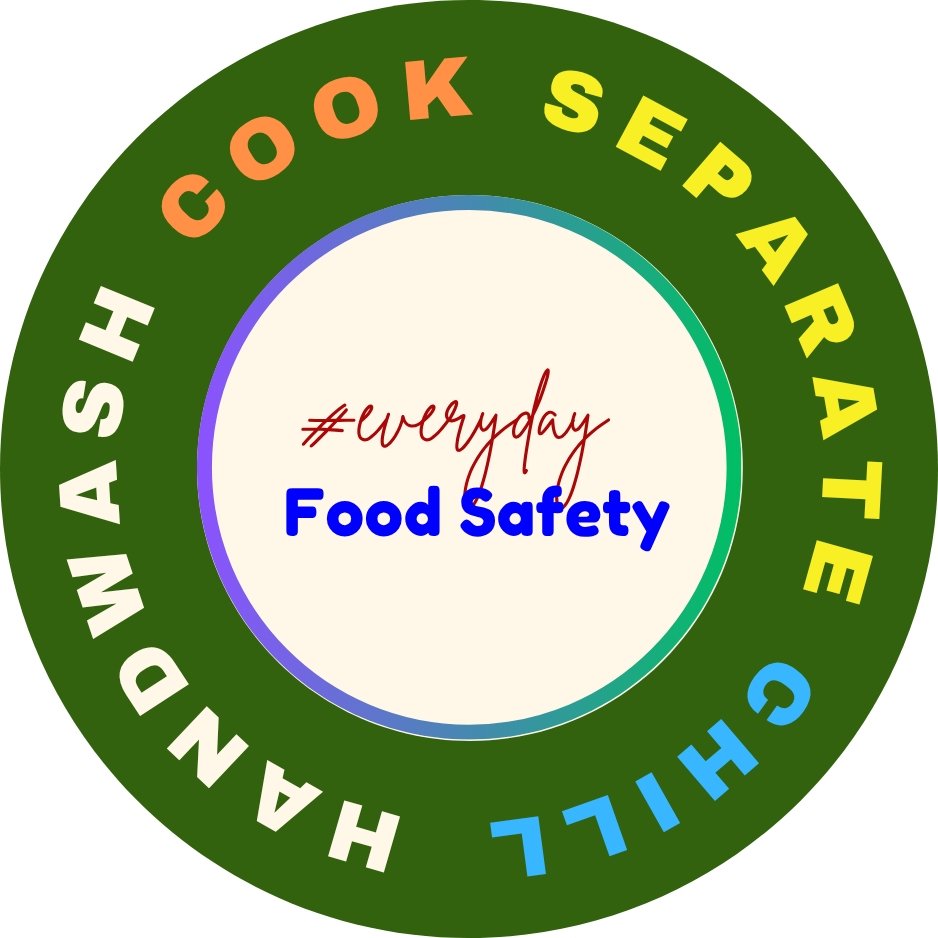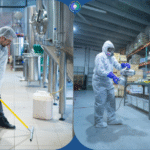Everyday Food Safety
Is Your Home Kitchen Making You Sick? Food Safety Facts You Need To Know
Think your kitchen is clean? Think again. You wipe the counter, toss the leftovers in the fridge, and maybe rinse the cutting board with a quick splash of water. Done, right?
Not so fast.
Your casual kitchen routine might be putting you at risk. Food poisoning isn’t just a rough night on the toilet; it’s a hidden global health issue.
According to the World Health Organization, every year, 600 million people—that’s nearly 1 in 10 people worldwide—get sick from contaminated food. Of those, 420,000 die, including 125,000 children under the age of 5.
This isn’t just happening in street stalls in developing countries. It occurs in homes, restaurants, schools, and yes, your kitchen.
What’s Making Us Sick?
Foodborne illnesses come from bacteria, viruses, parasites, or harmful chemicals found in our food. The most common causes include:
- Norovirus
- Salmonella
- E. coli
- Listeria
- Campylobacter
These pathogens often hitch a ride on undercooked meat, unwashed produce, improperly stored food, or surfaces that aren’t cleaned thoroughly.
How Food Safety At Home Could Go Wrong?
You don’t have to eat gas station sushi to get food poisoning. Most of us break basic food safety rules without realizing it.
Here are some of the most common mistakes:
- Cross-contamination
Cutting raw chicken on a board, then slicing salad veggies on the same board—without washing it first? That’s a recipe for bacteria transfer.
- Improper storage
Leaving leftovers out for hours or stuffing the fridge so full that cold air can’t circulate helps bacteria grow.
- Undercooking food
That pink chicken breast or “medium rare” burger? If it hasn’t hit safe internal temps, it could be harboring dangerous pathogens.
- Poor hand hygiene
You wash after using the bathroom—but do you wash after handling raw meat, eggs, or even your phone while cooking?
- Reusing dirty sponges or towels
Sponges can hold more bacteria than a toilet seat. If they smell weird, toss them. Better yet, use dishcloths and wash them often in hot water.
How To Practice Food Safety At Home?
The good news? Most foodborne illnesses are preventable. Learn these simple food safety fixes that can protect you and your family.
- Wash hands before & after handling food. Wash your hands with soap and warm water for at least 20 seconds before and after preparing food. This simple habit helps prevent the spread of bacteria and viruses from your hands to your ingredients — a basic food safety rule in every kitchen.
- Keep raw meat separate from other foods. Use separate cutting boards, utensils, and containers for raw meat, poultry, and seafood. This prevents cross-contamination, a common cause of foodborne illness at home.
- Store leftovers properly with labels & dates. Refrigerate leftovers within 2 hours and label them with the storage date. Storing food safely helps prevent spoilage and lets your family know when food needs to be eaten or thrown out — a key step in safe food handling at home.
- Cook foods to a safe internal temperature. Use a food thermometer to make sure meat, poultry, and seafood reach recommended temperatures (e.g., 165°F or 75°C for poultry). This kills harmful bacteria and ensures your meals are not just tasty but safe. It’s one of the most critical kitchen food safety tips.
- Refrigerate perishable items within 2 hours. Keep your fridge at 40°F (4°C) or below, and refrigerate dairy, eggs, cooked dishes, and cut fruits promptly. Timely refrigeration slows bacteria growth and protects your family from food poisoning at home.
- Avoid cross-contamination by cleaning surfaces. Disinfect countertops, knives, and cutting boards after preparing raw foods. This keeps your home kitchen hygienic and reduces the risk of spreading germs from one ingredient to another.
It’s Not Just About You
Unsafe food isn’t just a personal inconvenience. It stresses healthcare systems, weakens economies, and, in vulnerable populations, can be fatal. Good food hygiene is a responsibility, not just a preference.
Conclusion
Your kitchen can be a haven—or a health hazard. Most of the time, you won’t know the difference until it’s too late. But with a few mindful habits, you can protect yourself and your family.
Food safety isn’t scary. It’s all about being mindful—about what you touch, how you clean, and what you feed your family. A few small habits can make a difference.
Whether you run a food business or want to keep your family safe, this food safety at home is a great place to start. It’s easy to follow, practical, and honestly — it might surprise you how much you didn’t realize!




